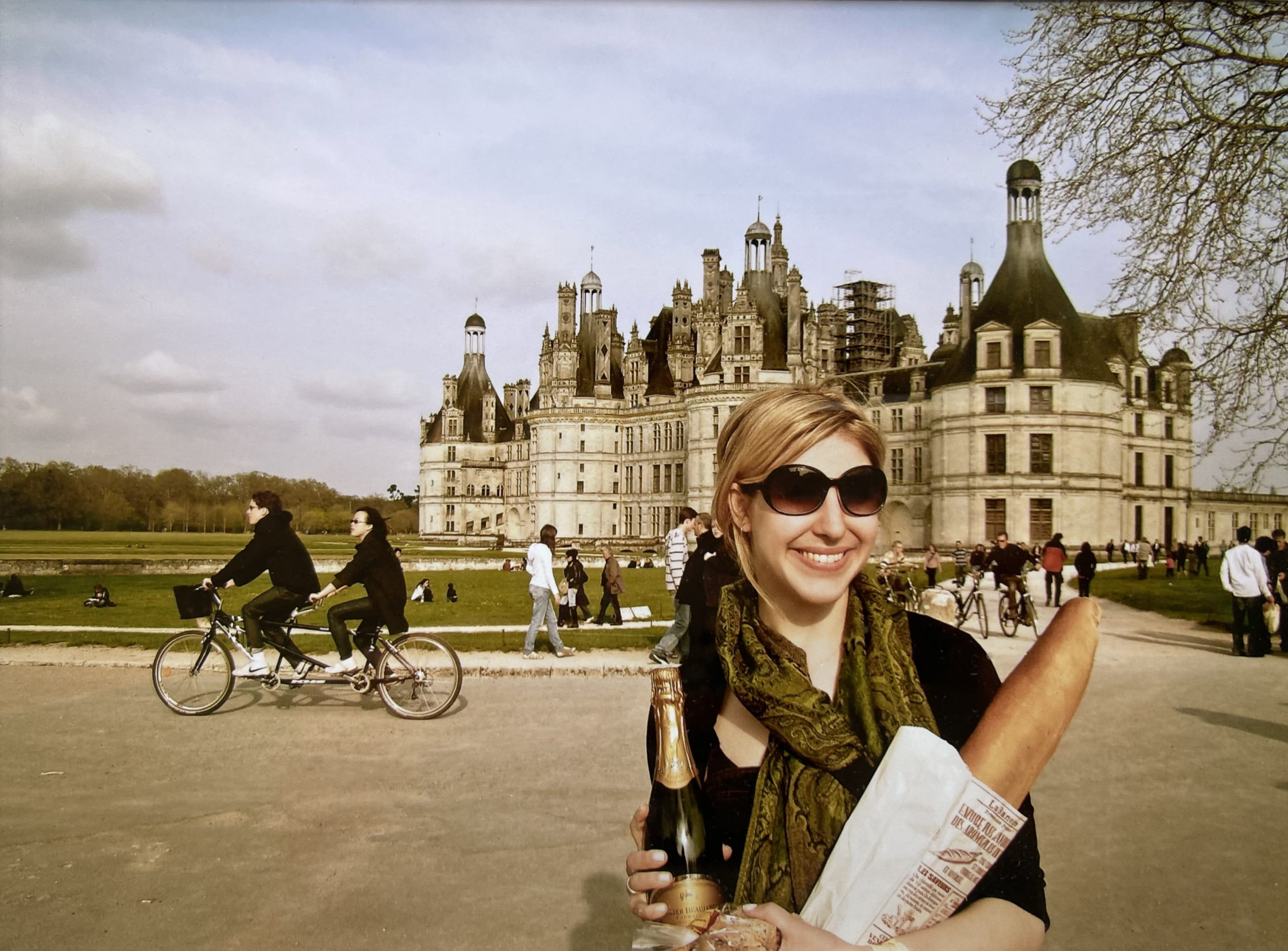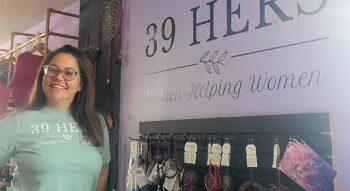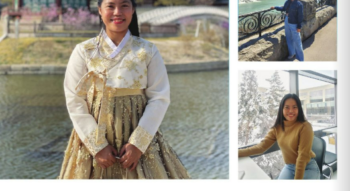It’s safe to say Kristina Inman is smitten with the Loire Valley in France.
With all the history made there, the Loire’s mushroom museums and, of course, its wine, it’s easy to understand how Inman’s appreciation for the region runs deep like the roots of an old-world grapevine.
But now the hospitality professor’s love for the Loire is official. Inman became a Loire wine master after completing a comprehensive study and certification program through the Wine Scholar Guild that’s focused on the region.
Victor North, NC’s Brewmaster Support Liaison, also completed the Guild’s Loire master-level program at the same time.
“I’ve done other wine certifications but I really respect the guild,” Inman said. “As a wine professional, it was an excellent challenge and gave me the boost and credentials I need that I didn’t get in my sommelier training.”
This is both Inman and North’s second certification they’ve earned through the Wine Scholar Guild. Last summer, they completed the intensive French wine scholar program, studying together in the year-long, self-directed course that covered all of France’s wine appellations.
At the time, both said the knowledge they gained would help in their respective work; North with the styles of suds students are keen to make, and Inman to keep her knowledge as a sommelier and hospitality professor current.
They also made completing the Loire program their next goal and for good reason.
Its climate, and grape and wine production are similar to Niagara.
Much like Niagara, the Loire is known for producing more acidic whites, including Sauvignon Blanc and some Chenin Blanc. Loire winemakers also give Cabernet Franc its due as a single-varietal wine grape, making sparkling, dry and off-dry vintages, rather than using it only in red wine blends.
Still, Loire vintners have been making wine for hundreds of years, giving Niagara something to draw from as it continues forging its reputation in the wine world, Inman explained.
“With us being such a young wine region in comparison, you think what is our potential? What can we learn?” she said.
In her classroom, at least, Inman is hopeful students, whether they go on to work in hotels or the wine industry, will develop an appreciation for the wine regions of the world, and especially this one.
“My poor students don’t have a choice,” Inman said with a laugh. “I go off on these stories. I am genuinely passionate about it. Every time I walk into the classroom, I’m so happy to share this love with my students and I’m teaching hospitality so some are going into hotels and not very interested in wine. But I think because I’m genuine, I do get a lot of them interested as the weeks go by. I don’t shift their focus but they do leave with an appreciation for it.”
Inman, herself, fell in love with the Loire while honeymooning there as a “freshly minted sommelier.” A history major in university, she was taken by everything from the architecture in this United Nations Educational, Scientific and Cultural Organization (UNESCO) world heritage site to the fact that Joan of Arc fought there and Richard the Lionheart is buried in the Loire.
“It’s just ripe with history and I loved that,” Inman recalled.
She was also struck by the humility and hospitality of the wineries, even those that are grand estates. Mostly, she was taken by the skill of Loire winemakers, famous for making sparkling, red, white and sweet wines.
“It’s not even a triple threat. It’s a quadruple threat,” she said. “It’s the only region of France that’s aced every style.”
Next for Inman is acing another Wine Scholar Guild program. She’s debating between the class focused on France’s Rhône region, where she travelled as a teen and fell in love with its history and architecture, or Champagne because of her unyielding belief in Niagara’s own possibilities when it comes to making bubbly.
“I think Niagara has the potential to make the best sparkling wines in the world,” Inman said.



